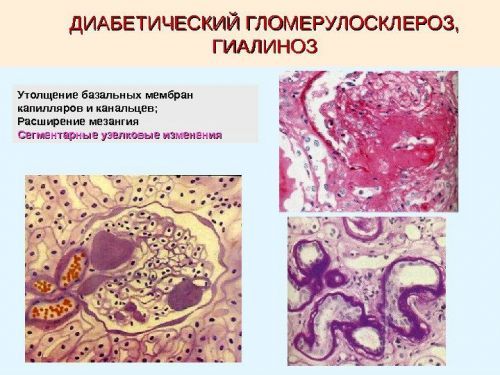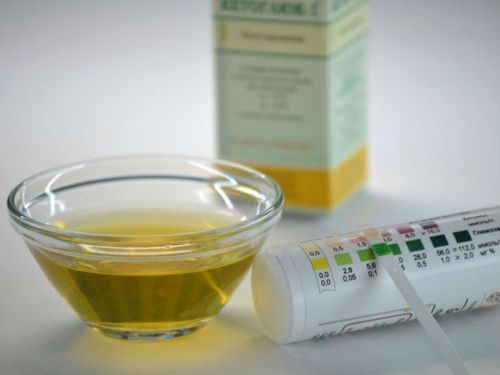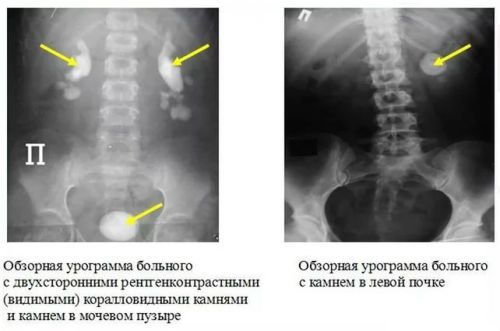Glomerulosclerosis is the sclerosis in the glomeruli of the kidney. This pathological phenomenon is not a separate disease, but a disease that accompanies other diseases.
He manifests himself to those that are formed scarring or deposition of substances, which leads to irreversible changes in the glomeruli.
Glomeruli are a filtration system, purifying the blood from harmful substances. They take all the excess through urine.
Why there is glomerulosclerosis?
There is a very wide range of causes of glomerulosclerosis:
- diabetes mellitus;
- glomerulonephritis severe;
- atherosclerotic renal artery;
- liver pathology severe forms (cirrhosis);
- the effect of medicines;
- nephrotic syndrome of unknown etiology;
- arterial hypertension;
- back urine reflux in the kidney tissue;
- the age factor (and sometimes a slight degree of glomerulosclerosis occurs in connection with age, gradually declining renal function).
Classification
Based on the reasons and the difference in structural changes there are the following types of glomerulonephritis:
- focal segmental subspecies that affects epithelial cells, undergo sclerosis of some glomeruli.
- diabetic subspecies;
- focal segmental-lesions covers the entire glomerular structure;
- segmental-pathology is localized on one of the parts of the body;
- focal-focal sclerosis in glomeruli is in the form of small foci of sclerosis.
Focal segmental glomerulosclerosis
Focal segmental glomerulosclerosis, as mentioned above, is based on the defeat of podocytes (specific cells). Morphological manifestation of the disease is the sclerosis part of the glomeruli, at the start of the disease, half of the glomeruli are not affected.

Focal segmental glomerulosclerosis is the beginning of a latent disease, i.e. it does not manifest itself. But in the urine there is protein, blood. Further, the manifestation of it is in most cases of nephrotic syndrome, which often goes along with hypertension or blood in the urine.
As you progress focal segmental variant symptoms joined hypertension, a nitrogen in the blood.
Develops a variant of glomerulosclerosis in the overwhelming number of cases in children also teenagers, young adults. According to studies, this form of the disease is associated with drug use, more weight, there are familial forms of this disease.
Current and predictive data FSGS is poor, the remission is less than 9% of patients people renal insufficiency occurs in half in a period of 10-11 years from the onset of the disease. Very quickly comes end-stage kidney failure. Adults thus faster to reach kidney failure than children.
The carrying a child can greatly worsen this disease, therefore, the question of pregnancy should be discussed with your doctor. When kidney disease is renewed in 25-30% of all cases. This is especially true in children of early age.
Diabetic option
Diabetic glomerulosclerosis or intercapillary occurs in the severe forms of diabetes. In medicine, this illness was given the name syndrome Kimmelstiel-Wilson was the name of the person who first gave a description of this disease. There are a number of other titles for diabetic glomerulosclerosis, for example, diabetic kidney, diabetic nephropathy.
The term diabetic nephropathy is justified, as it is not only damage to the capillaries of the glomerular apparatus, always involved in the process and other vessels.
There are many hypotheses of this syndrome, to end his reasons are unknown. The most common version is a violation of metabolism, increased permeability, basement membrane of glomeruli. As a result, the x axis shows hyaline substrate that disrupts the function of the glomeruli.
More common in women, especially those with the metabolic disorders. Kidney injury develops on the background of a failure in the normal metabolic process carbohydrate, fat and proteins. Also plays a role hereditary factor, and autoimmunity.

There is a common classification of vascular lesions of diabetic origin. There is the initial stage in which symptoms little. Next is the transition, when her symptoms are already clearly visible. And the final stage or stage of glomerulosclerosis.
The rate of development disorders distinguish between slowly progressive and rapidly progressive options. It is worth to note that diabetic glomerulosclerosis shares on the basis of a combination with vascular pathology other locations, for example, pyelonephritis.
The leading manifestation of the disease is protein in the urine, hypertension, vision loss. Symptoms of the disease depends on the stage of the disease is at the moment. Initial manifestation is protein in the urine (up to 0.33 grams per liter), it runs in the background of normal indexes of filtration in the glomeruli. If the disease progresses long enough, then in the urine are determined and albumin, and the larger the connection, the content of protein can reach up to 25 grams per liter.
In addition of protein in the urine, are also determined by white blood cells, cylinders, bacteria. Pathology urine sediment during a long course of the disease, not person visible. The waxy cylinders can be detected only in case of insufficiency of the kidney. Later, the inflammation in the kidney.

Its function is gradually reduced in the blood starts to circulate the nitrogen bases is a violation of the exchange of electrolytes and lipids.
The vision loss is found in the majority of cases, the retina appear aneurysm of microscopic size, can be bleeding. If the doctor finds during the examination of the eyes of the aneurysm, the first thing he thinks it’s diabetes. Because it is highly specific symptom. With the progression of the disease can occur in cicatricial stage of the retina, in its subsequent detachment.
When there is a glomerulosclerosis of diabetic origin, the leading symptom is hypertension. It is combined with damage to the eyes, protein in the urine. So, it can be differentiated from hypertension atherosclerotic nature. Hypertension occurs due to activation of the renin-angiotensin-aldosterone.
With the progression of the disease to common symptoms of added nephrotic syndrome. But uremia appears when you complete kidney failure, it manifests itself all signs of kidney failure chronic.
In addition to the above, affects the vascular system of the heart, legs, brain. Frequent thrombotic phenomena, can be heart attacks, polyneuropathies processes. In the final stages of the disease with pyelonephritis.
Monitoring of the patient with diabetic glomerulosclerosis, lead and nephrologist, and endocrinologist.
Diagnosis
Focal segmental glomerulosclerosis is diagnosed on the basis of the collected anamnesis, examination, analysis of urine, blood, but mainly on the basis of biopsy of renal tissue.
Diabetic glomerulosclerosis is based on the detection of proteins in the urine, reduced the level of sugar in the blood and urinary fluid and of vascular lesions of different localization. Very specific lesions of the blood vessels in the limbs and bottom of the eye. But x-rays and ultrasound tests may not give a clear answer regarding the diagnosis. With absolute probability it is confirmed by a biopsy.
Treatment
Treatment of FSGS is based on steroid therapy. Therapy is often based on steroid drugs. It is very important to keep blood pressure within the normal range. If nephrotic syndrome is not, the doctor may recommend drinking ACE inhibitors as antihypertensive therapy.

In addition, this group of drugs are able to inhibit the development of chronic renal failure and reduce the level of protein in the urine. From kortikosteroidnyh means drug of choice is prednisone. In the absence of nephrotic syndrome, immunosuppressive therapy is not needed.
Immunosuppressants are used in the presence of nephrotic syndrome, this treatment allows you to achieve complete or partial remission in some patients.
From immunosupressorov try us Hlorbutin, this group of drugs is often combined with corticosteroids to achieve a lasting effect. Also prescribed cytotoxic drugs (Cyclophosphamide), they reduce the risk of relapse.
A high percentage of remission is associated with the duration of the start of hormone therapy. In adult patients, the time from beginning of hormonal therapy to establish remission is 3.5-4.5 months.
And, of course, is not without diet. Is to reduce the amount of protein to reduce the pressure inside the glomeruli. It is important to note that while the form of glomerulosclerosis, a kidney transplant is not always the right option, because the probability of recurrence of the disease is very high.
Therapeutic measures that adjust diabetic glomerulosclerosis, are conservative. They represent recommendations on dietary nutrition, correction of severity of diabetes, medications. Definitely a sick person needs to adhere to moderation in carbs, consume low fat, be sure to adjust the excess weight to use vitamin complexes.
Use anabolic drugs (Nerobol), gipoholesterinemicheskoe funds (Regexen), to deal with angiopathy (Angonin – tool with antispasmodic effect), cardiovascular funds (Chimes), drugs for correction of metabolic and electrolyte abnormalities (Reopoliglyukin). For the treatment cure the necessary funds (Essentiale).
A relatively new approach in the treatment of blood vessels affected by diabetes, was the use Sadbut. It is a blocker of the enzyme eldorette, which converts glucose to sorbitol.
It is important to know that diabetic glomerulosclerosis is associated with vision loss and cerebral vessels
Glomerulosclerosis is a serious pathology, the effect of which may be kidney failure and need a kidney transplant. To begin treatment of the disease should immediately to prevent dangerous consequences.



